On this page, you can expect to find a comprehensive list of vocabulary related to architectural styles and elements. You will also find links to various resources, such as games and flashcards, to help you learn and master the terminology associated with this subject. Dive in and expand your knowledge of architectural vocabulary!
Architectural styles and elements refer to the design principles and characteristics that define a particular type of building or structure. From ancient Greek and Roman styles to modernist and contemporary designs, each architectural style has its unique features that distinguish it. Elements such as columns, arches, and facades play a crucial role in determining a building’s overall aesthetic. Understanding these styles and elements is essential for architects, designers, and historians alike, as they shape the way we experience and interact with the built environment.
Practice & Reinforce Your Learning
Architectural Styles And Elements Vocabulary List
Classical Architecture
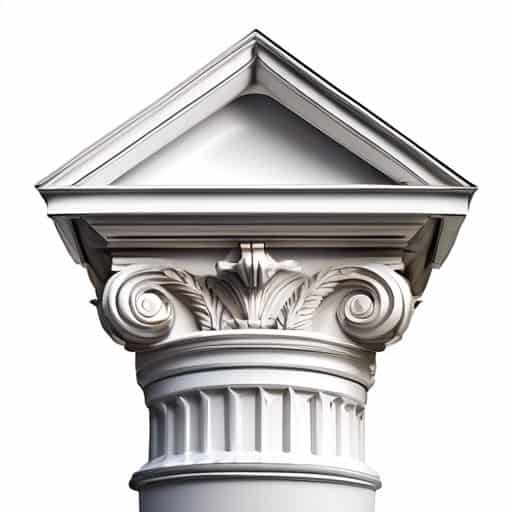
- The grand neoclassical building had a pediment adorned with intricate carvings of mythical figures.
- The temple's pediment was a focal point, drawing the eye upward to the heavens.
- The pediment above the government building's entrance displayed the nation's coat of arms in striking detail.
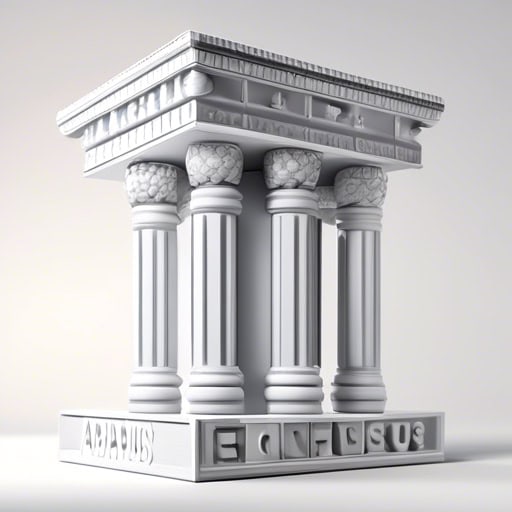
- The capital of France is Paris, known for its iconic landmarks such as the Eiffel Tower.
- He invested his capital in a start-up company, hoping for a profitable return.
- The capital punishment debate continues to be a controversial topic in many societies.
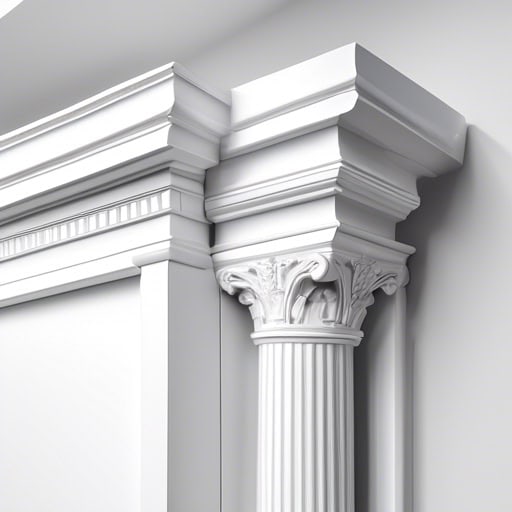
- The entablature of the ancient temple was intricately carved with mythological scenes.
- The entablature of the building collapsed due to years of neglect and decay.
- The entablature of the Parthenon features intricate sculptures depicting the gods of ancient Greece.
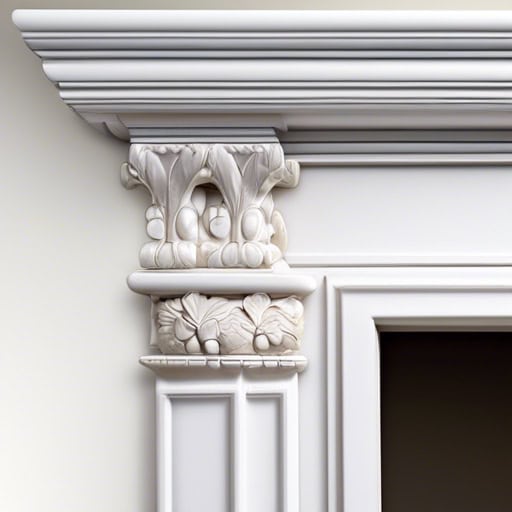
- The intricate carvings on the architrave depicted scenes from ancient mythology.
- The architrave of the temple was adorned with intricate patterns and designs.
- The weight of the massive architrave was supported by the sturdy columns below.
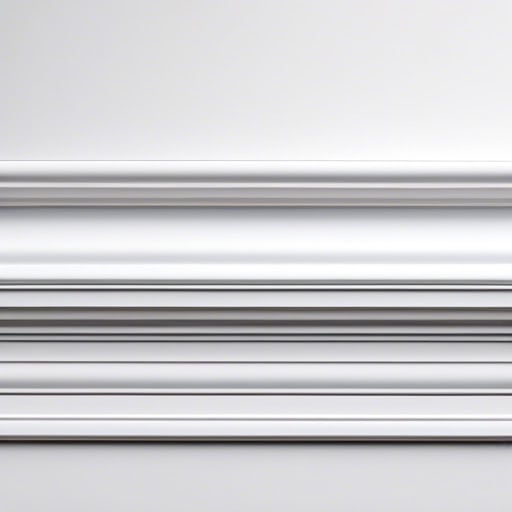
- The grand ballroom was adorned with an intricate cornice that added a touch of elegance to the ceiling.
- The old church was in need of restoration, starting with repairing the crumbling cornice that ran along the top of the facade.
- The architect designed a modern twist on the traditional cornice, incorporating sleek lines and minimalist details.
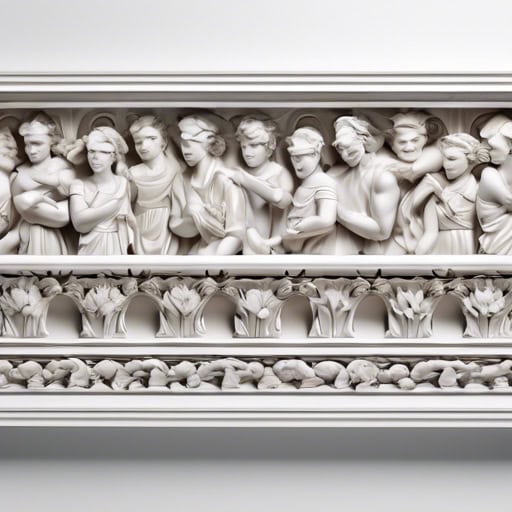
- The frieze on the old cathedral depicted scenes from biblical stories.
- The intricate frieze on the mansion's facade showcased the wealth and power of the owners.
- The ancient Greek temple had a beautifully preserved frieze depicting a procession of gods and goddesses.
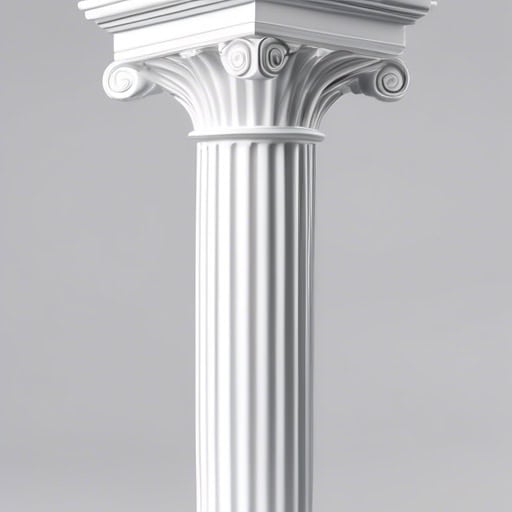
- The ancient Greek temple was built in the Doric style, with thick columns and a plain, unadorned design.
- The Doric columns of the Parthenon in Athens are a prime example of the architectural style.
- The simplicity and strength of Doric architecture can still be seen in many historic buildings around the world today.

- The grand entrance of the building was flanked by two towering columns, each intricately carved with ornate designs.
- The architect designed the interior with a row of elegant columns lining the hallway, adding a touch of sophistication to the space.
- The museum's exhibit featured a collection of ancient Greek artifacts, including a beautifully preserved marble column from a temple in Athens.
Gothic Architecture
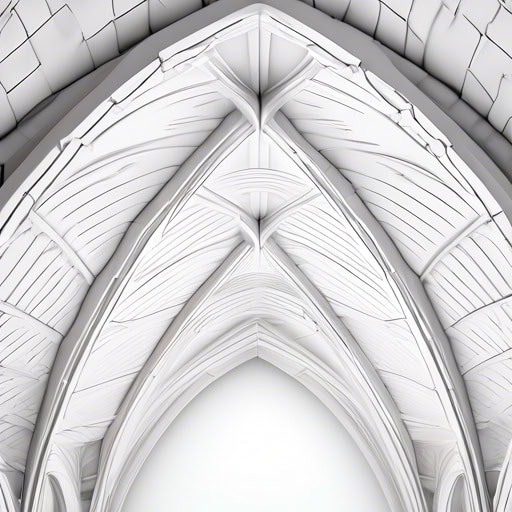
- The cathedral's nave was adorned with a stunning ribbed vault ceiling, creating a sense of height and grandeur.
- The ribbed vault in the chapel was intricately designed, with delicate carvings along each rib.
- The construction of the ribbed vault required skilled masons to carefully shape and assemble each individual arch.
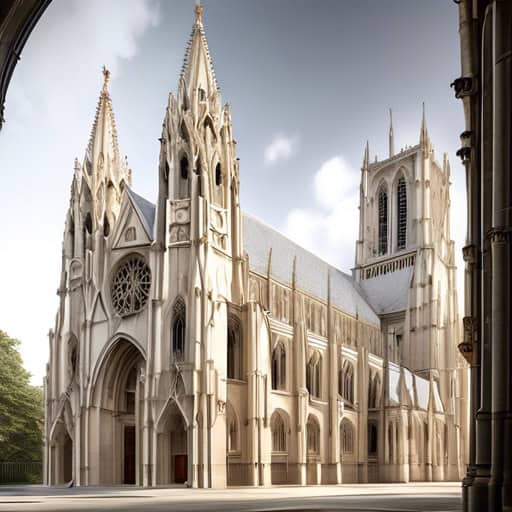
- The cathedral was an impressive sight, with its towering spires reaching towards the sky.
- Inside the cathedral, the stained glass windows bathed the space in a colorful, ethereal light.
- The cathedral was filled with the sound of hymns as the choir practiced for the upcoming service.
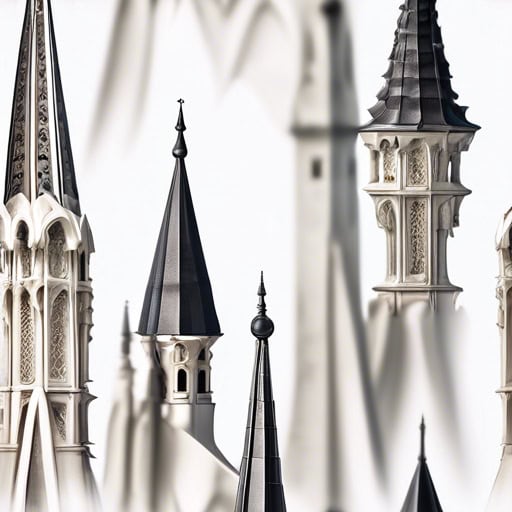
- The medieval cathedral was adorned with intricate spires that reached towards the sky.
- The castle's turrets were crowned with elegant spires that gleamed in the sunlight.
- As the sun set, the silhouette of the spires against the horizon created a stunning sight.
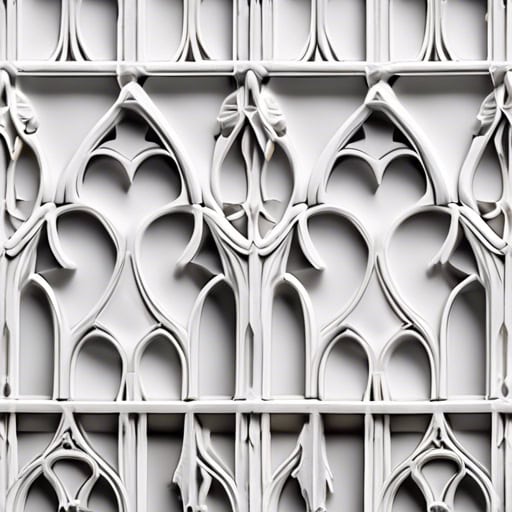
- The cathedral's stained glass windows were beautifully framed by intricate tracery.
- The delicate tracery in the chapel's ceiling resembled the branches of a tree reaching towards the sky.
- The sunlight streamed through the tracery, casting colorful patterns on the stone floor below.

- The ancient cathedral was adorned with intricate gargoyles, each one seeming to come to life in the moonlight.
- As the storm raged on, rainwater cascaded down the twisted forms of the gargoyles, creating a hauntingly beautiful scene.
- Legend had it that the gargoyles atop the old mansion were actually cursed souls trapped in stone.
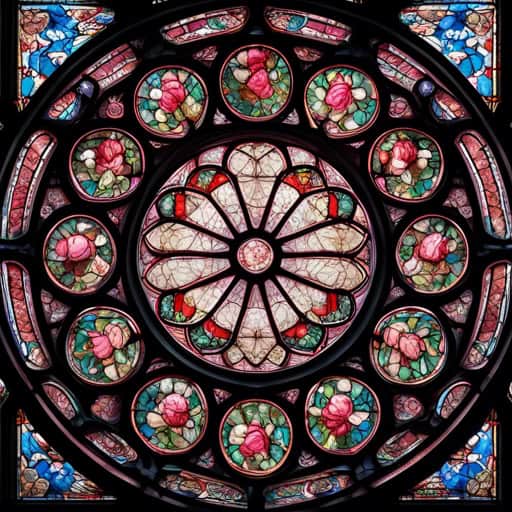
- The rose window in the cathedral was a stunning piece of art, with vibrant colors and intricate designs.
- As the sun shone through the rose window, the interior of the cathedral was bathed in a kaleidoscope of colors.
- The rose window was a focal point of the cathedral, drawing visitors from far and wide to admire its beauty.
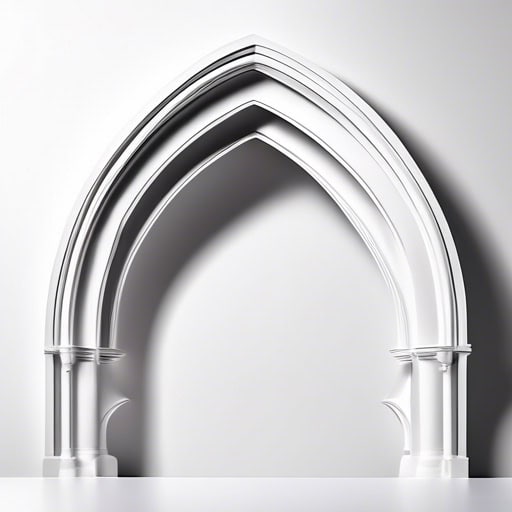
- The cathedral's grand entrance featured a stunning pointed arch that reached high into the sky.
- The pointed arches of the chapel's windows allowed a flood of natural light to illuminate the interior.
- The pointed arches of the ancient castle added an air of elegance and grandeur to the structure.
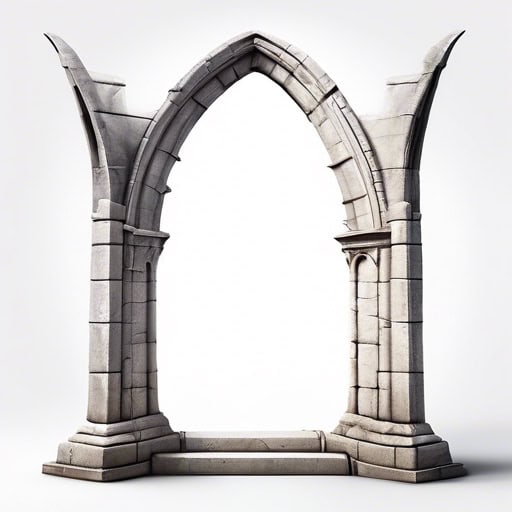
- The cathedral's soaring vaulted ceilings were made possible by the flying buttresses that lined the exterior walls.
- The intricate design of the flying buttresses added a touch of elegance to the medieval church.
- The flying buttress system allowed for the construction of larger windows, filling the interior with natural light.
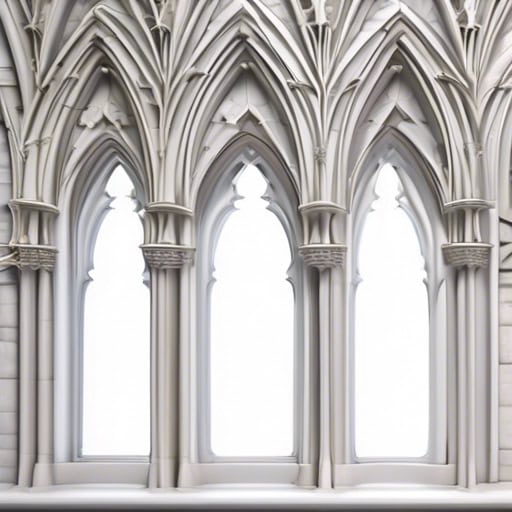
- The Notre Dame Cathedral in Paris is a prime example of Gothic Architecture with its elaborate stained glass windows and towering spires.
- Gothic Architecture reached its peak in the 13th century, with famous structures like the Chartres Cathedral showcasing its intricate design.
- The use of flying buttresses in Gothic Architecture allowed for taller and more open interiors in cathedrals like the Cologne Cathedral in Germany.
Renaissance Architecture
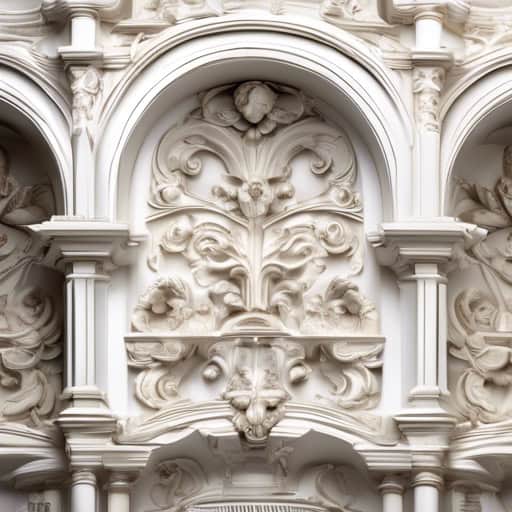
- His paintings were known for their unique mannerisms, with elongated figures and exaggerated facial expressions.
- The architect's use of mannerism in the design of the building was evident in the twisted columns and ornate decorations.
- The artist's mannerism in his sculptures created a sense of movement and emotion that captivated viewers.
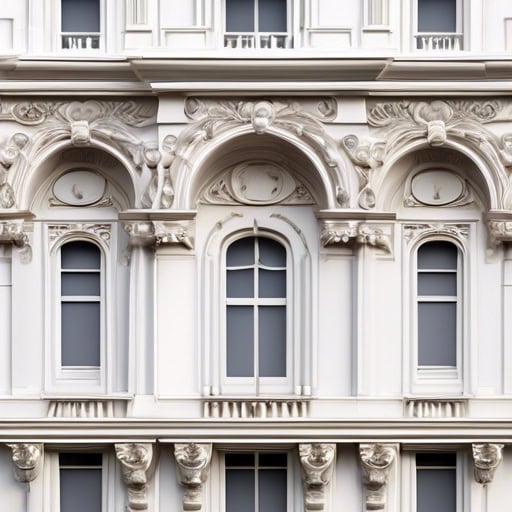
- The facade of the cathedral was adorned with intricate carvings and statues, showcasing the craftsmanship of the Renaissance artisans.
- The elegant facade of the palace featured columns, arches, and decorative elements, creating a grand and imposing appearance.
- The symmetry and balance of the facade reflected the harmonious proportions that were key elements of Renaissance architecture.
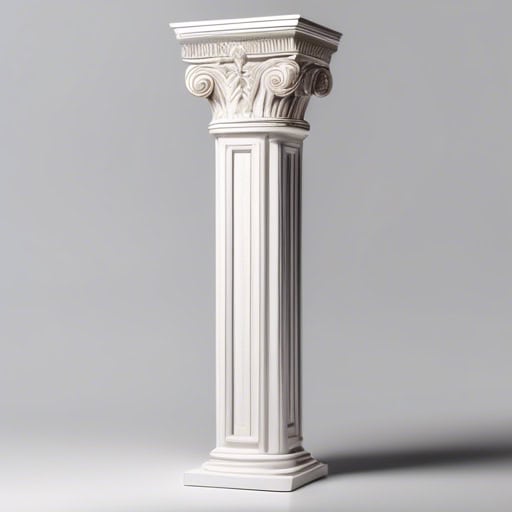
- The facade of the building was adorned with intricate pilasters that added a sense of grandeur to the structure.
- Each pilaster was intricately carved with delicate patterns and motifs, showcasing the craftsmanship of the artisans.
- The interior of the cathedral featured pilasters along the walls, creating a sense of rhythm and symmetry in the architectural design.
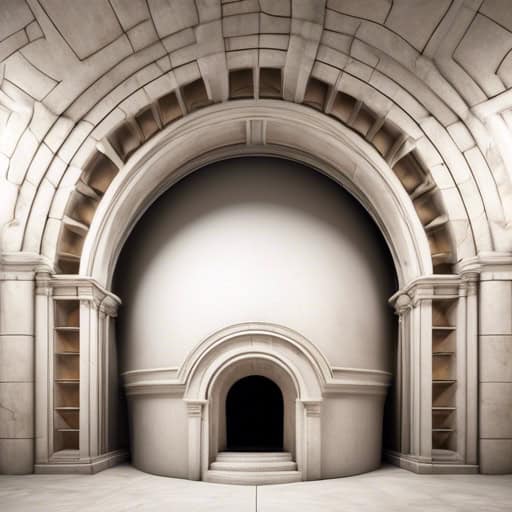
- The grand cathedral featured a magnificent vaulted ceiling that soared high above the worshipers.
- The bank stored its most valuable possessions in a secure vault deep underground.
- The ancient ruins revealed remnants of a collapsed vaulted chamber, hinting at the building's former grandeur.
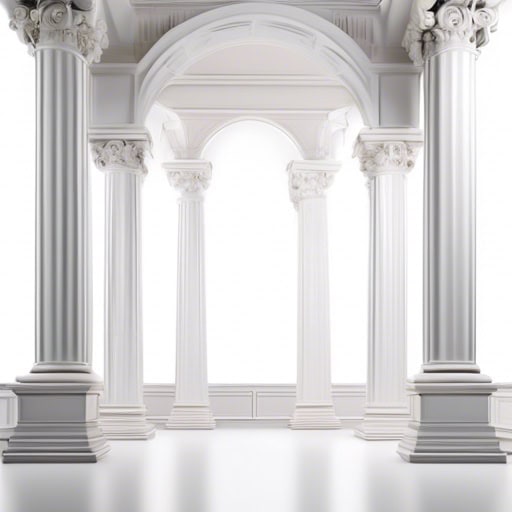
- The grand columns and intricate detailing of the building showcase the classical elegance of Renaissance architecture.
- Many of the sculptures adorning the façade are inspired by classical mythology and history.
- The use of marble and other classical materials in the construction of the structure exudes a sense of timeless beauty.
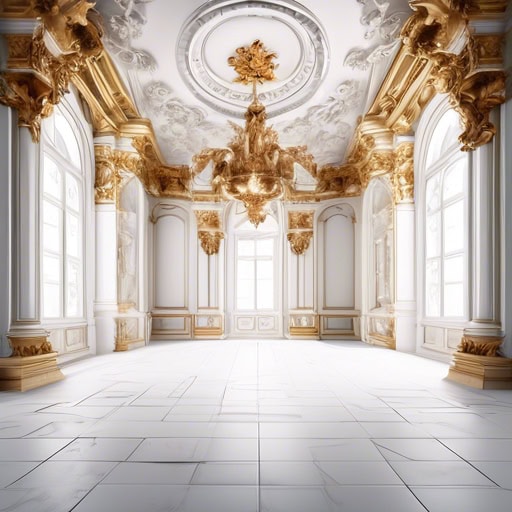
- The interior of the cathedral was adorned with intricate Baroque sculptures and paintings.
- The palace featured elaborate Baroque facades with grandiose columns and embellishments.
- The Baroque style of architecture was known for its opulence and drama, aiming to inspire awe in its viewers.
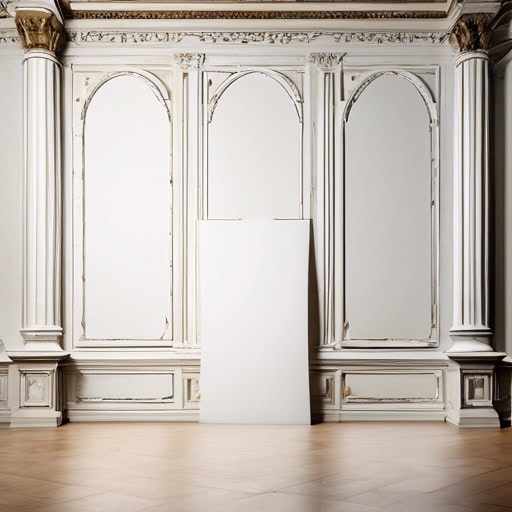
- During the Renaissance, artists like Leonardo da Vinci and Michelangelo created some of the most famous works of art in history.
- The Renaissance was a time of great innovation and creativity, leading to advancements in science, literature, and philosophy.
- Many of the buildings constructed during the Renaissance are still standing today, showcasing the beauty and elegance of the era.
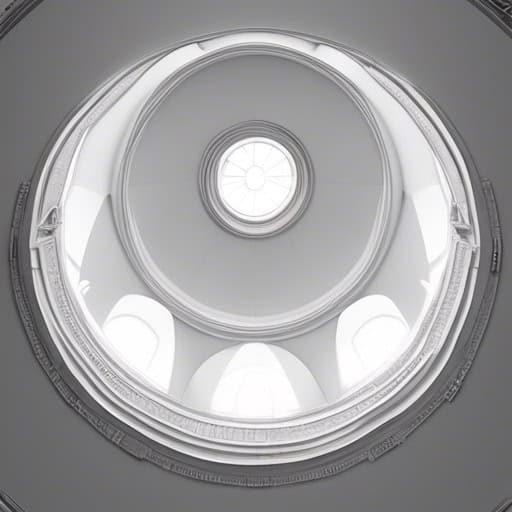
- The dome of the Pantheon in Rome is a marvel of ancient engineering.
- The geodesic dome designed by Buckminster Fuller is a symbol of innovation and sustainability.
- The dome of the mosque shimmered in the sunlight, creating a breathtaking sight for visitors.
Baroque Architecture
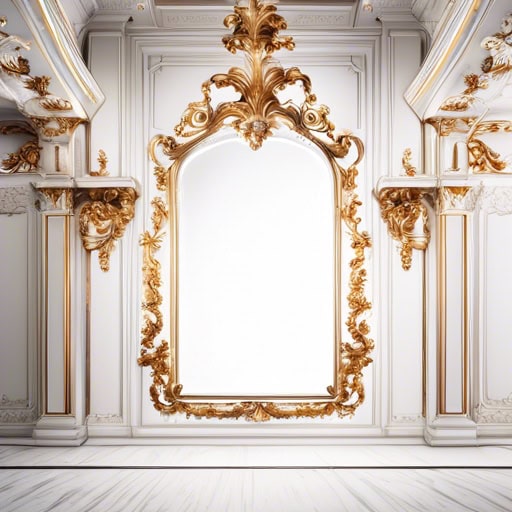
- The children were exuberant with excitement as they opened their presents on Christmas morning.
- The puppy's exuberant energy was contagious, causing everyone in the room to smile.
- She greeted her friends with an exuberant hug, happy to see them after so long.
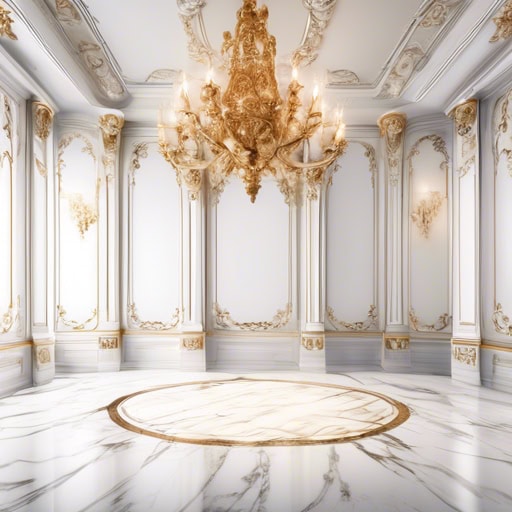
- The opulent chandeliers in the ballroom sparkled brightly, casting a warm glow over the lavish banquet table.
- She lived in an opulent mansion with grand marble staircases and gold-plated fixtures.
- The opulent display of fresh flowers and luxurious linens transformed the simple room into a decadent paradise.
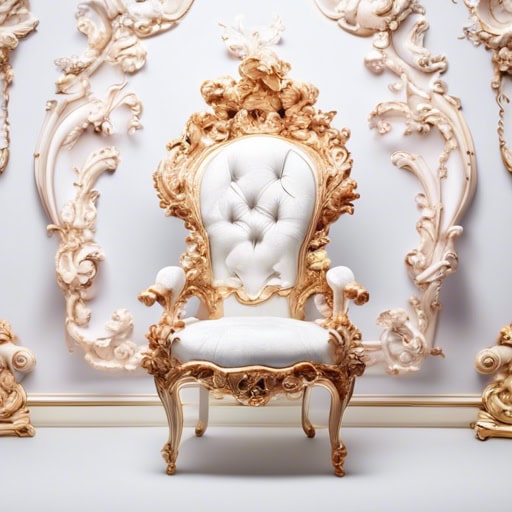
- The Rococo style of art and architecture flourished in Europe during the 18th century, characterized by elaborate ornamentation and pastel colors.
- The salon in the palace was decorated in a Rococo style, with intricate carvings, gilded mirrors, and delicate furniture.
- The Rococo period is known for its emphasis on frivolity and decoration, in contrast to the more restrained Baroque style that came before it.
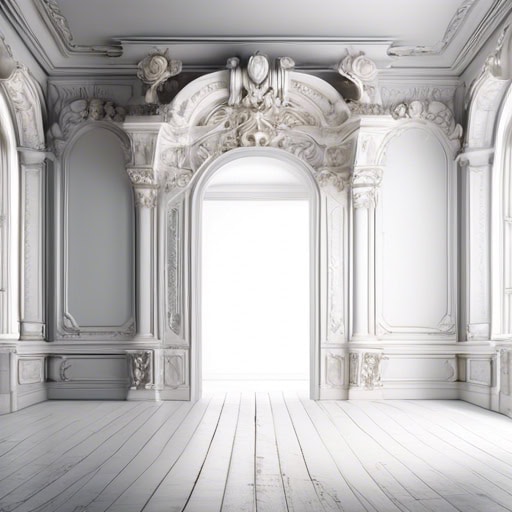
- The dramatic climax of the movie left the audience on the edge of their seats.
- His sudden outburst created a dramatic atmosphere in the room.
- The sky was painted with dramatic hues of pink and purple as the sun set.
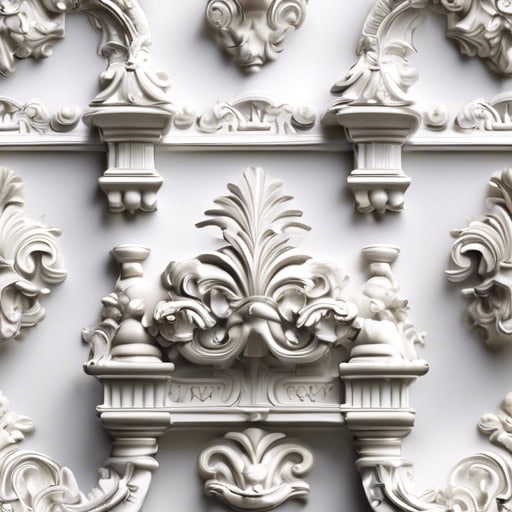
- She asked him to elaborate on the details of his plan.
- The artist's painting was intricate and elaborate, with every brushstroke carefully thought out.
- During the meeting, the CEO gave an elaborate presentation on the company's new strategy for growth.
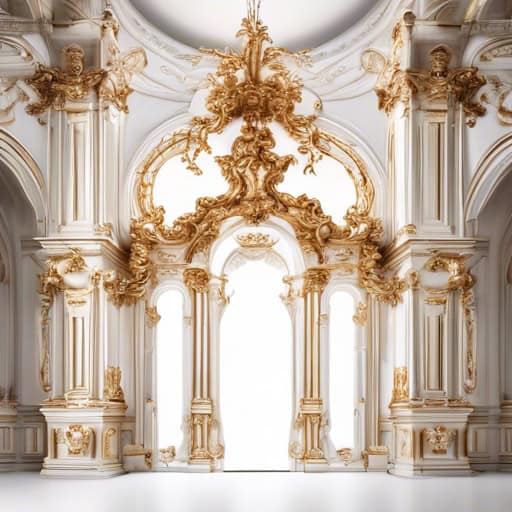
- The grandeur of the palace took my breath away.
- She walked with such grace and grandeur, commanding the attention of all in the room.
- The grandeur of the mountains was awe-inspiring, towering over the small town below.
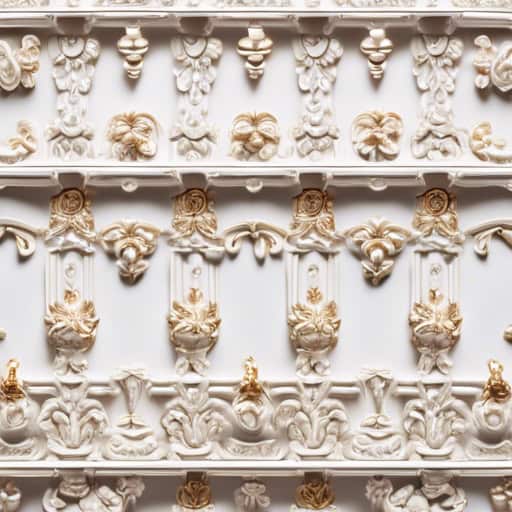
- The ornate chandelier in the ballroom sparkled with a thousand crystals.
- The king's throne was adorned with ornate carvings and gold leaf.
- The wedding invitations featured ornate calligraphy and delicate lace details.
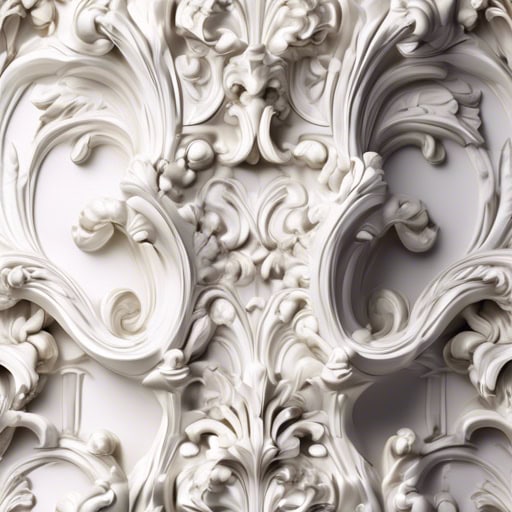
- The elaborate designs of the baroque architecture were breathtaking.
- The baroque music played at the concert was both lively and intricate.
- The baroque period in art history is known for its dramatic and ornate style.
Modern Architecture

- Urban planning plays a crucial role in shaping the future of our cities by ensuring sustainable and efficient development.
- Cities that prioritize urban planning often experience higher quality of life for their residents due to well-thought-out public spaces and infrastructure.
- Effective urban planning can help mitigate issues such as traffic congestion, pollution, and lack of affordable housing in growing urban areas.
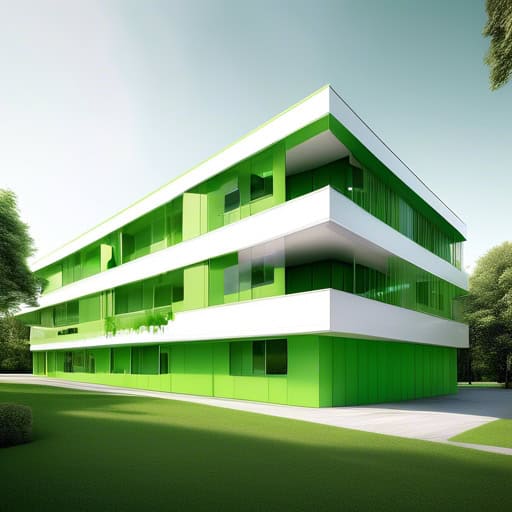
- The new office building is being constructed with green building materials to reduce its carbon footprint.
- The city council passed a resolution requiring all new residential developments to adhere to green building standards.
- The company's commitment to sustainability is evident in their decision to retrofit their headquarters as a green building.
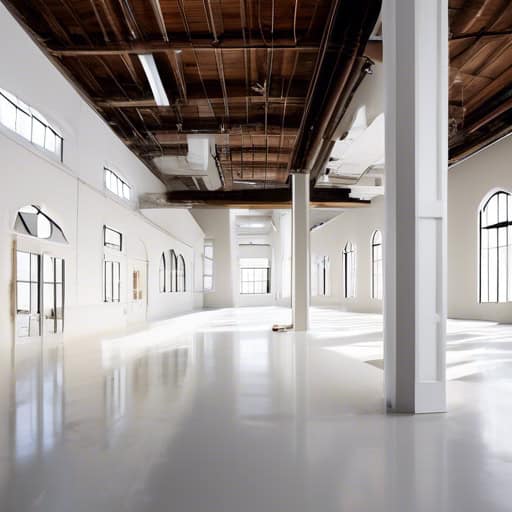
- The abandoned factory was transformed through adaptive reuse into a vibrant mixed-use development, incorporating retail, office space, and residential units.
- The historic church underwent adaptive reuse, becoming a trendy brewery and event space that still showcases its original stained glass windows and soaring cathedral ceilings.
- The city's old train station was given new life through adaptive reuse, now serving as a bustling hub for shops, restaurants, and community events.
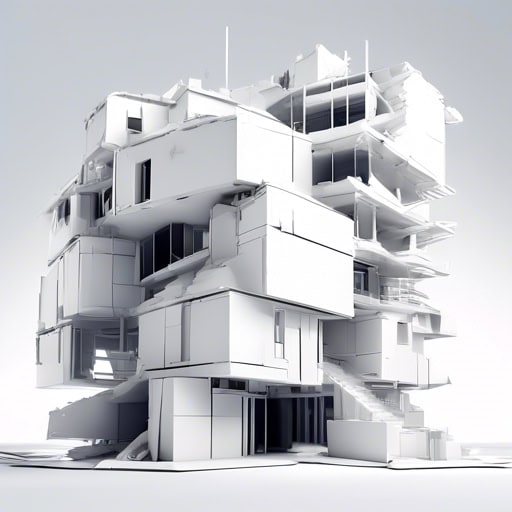
- Deconstructivism challenges traditional notions of architectural form and structure.
- The deconstructivist approach often results in buildings that appear chaotic and unstable.
- Architects who embrace deconstructivism seek to disrupt the viewer's expectations and create a sense of unease.
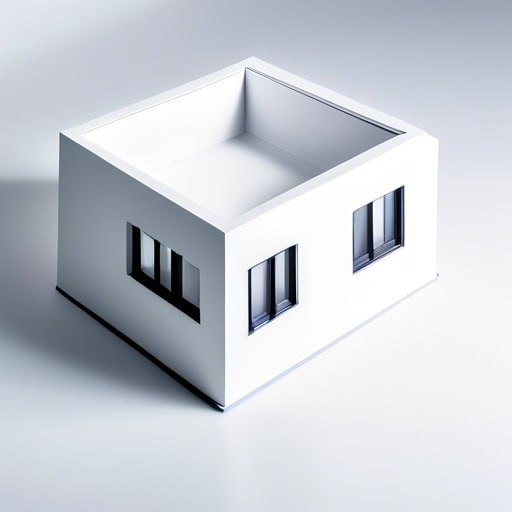
- Minimalism in interior design often involves using neutral colors and decluttering spaces to create a sense of calm and order.
- Many artists have embraced minimalism as a way to convey their ideas in a more straightforward and impactful manner.
- The trend of minimalism has gained popularity in recent years, with many people choosing to simplify their lifestyles and focus on what truly matters.
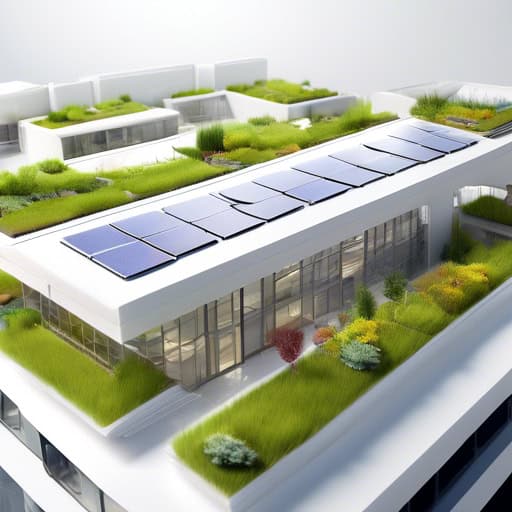
- The architect focused on incorporating sustainable materials such as bamboo and recycled steel in the construction of the building.
- The use of solar panels and green roofs were key components in ensuring the sustainability of the project.
- The design of the structure was carefully planned to promote sustainability by reducing water and energy consumption.

- The new skyscraper in downtown is the tallest building in the city.
- The view from the top floor of the skyscraper is breathtaking.
- Construction workers are busy assembling the steel frame of the new skyscraper.
Postmodern Architecture
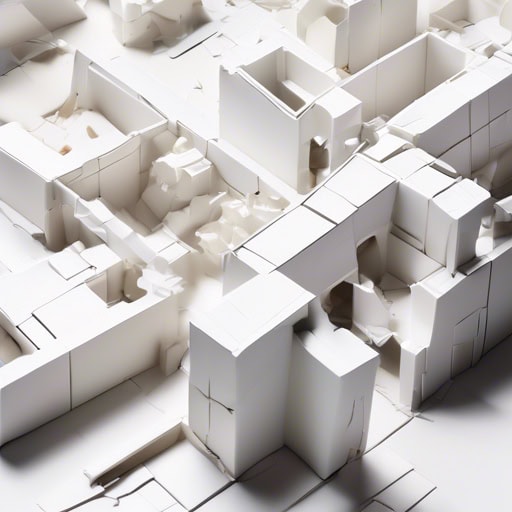
- The architect utilized fragmentation in the design of the building to challenge traditional notions of structure and order.
- The fragmented facade of the building creates a dynamic and unpredictable visual experience for those who interact with it.
- Through fragmentation, the architect sought to disrupt conventional understandings of space and form, inviting viewers to question their preconceived ideas about architecture.
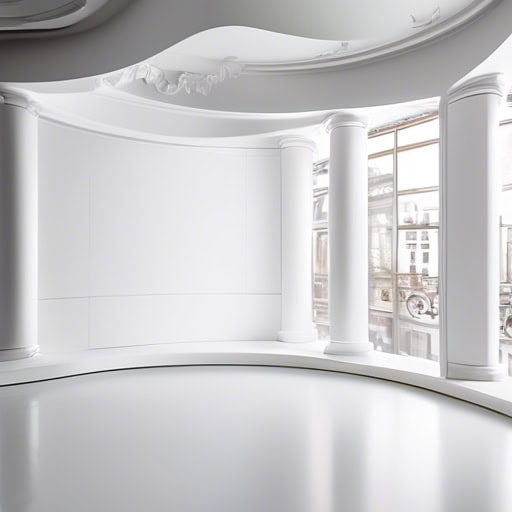
- The new building in town is a pastiche of Victorian and Art Deco styles, creating a unique and eclectic look.
- The architect's design for the museum was a pastiche of ancient Greek and Roman architectural elements, giving the building a timeless feel.
- The interior of the restaurant was a pastiche of mid-century modern and industrial styles, creating a trendy and inviting atmosphere.
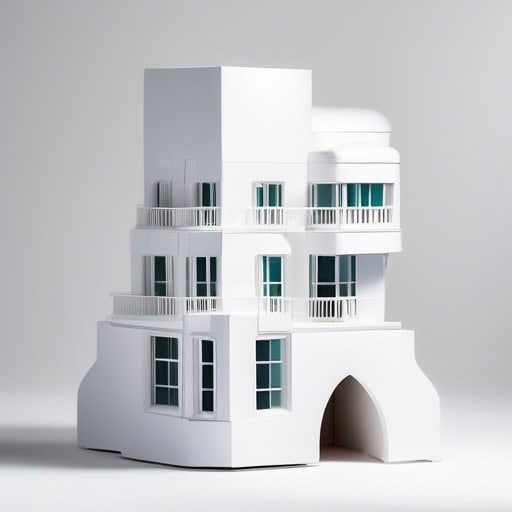
- The architect's design showcased a perfect blend of traditional and modern elements, highlighting the concept of hybridity in postmodern architecture.
- The building's facade displayed an interesting mix of materials and textures, embodying the idea of hybridity in architectural design.
- The interior of the structure featured a seamless integration of various cultural influences, exemplifying the concept of hybridity in contemporary architecture.
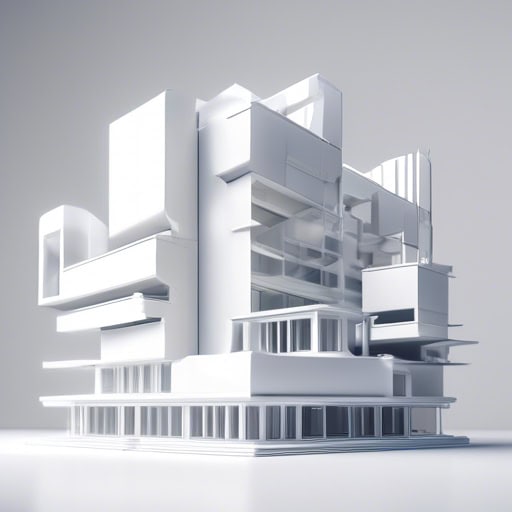
- The artist's non-linear painting style challenged traditional perceptions of composition and spatial relationships.
- In non-linear storytelling, the plot unfolds in a fragmented and disjointed manner, keeping the audience on their toes.
- The non-linear structure of the novel allowed the author to explore multiple perspectives and timelines simultaneously.
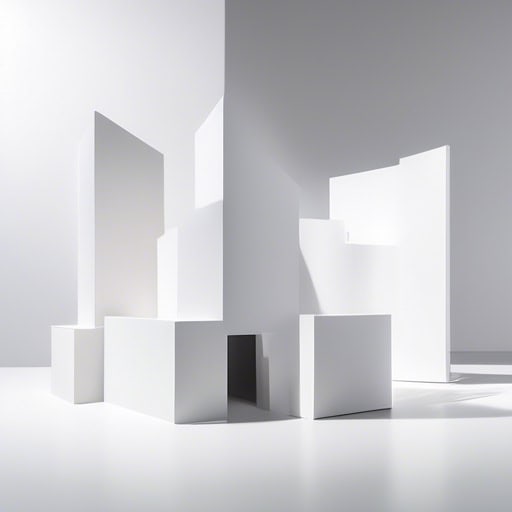
- Postmodern architecture often plays with the paradox of combining classic and modern styles within the same building.
- The use of paradox in design can create a sense of ambiguity and complexity that challenges the viewer's expectations.
- By embracing paradox, architects can create buildings that defy conventional norms and push the boundaries of traditional aesthetics.
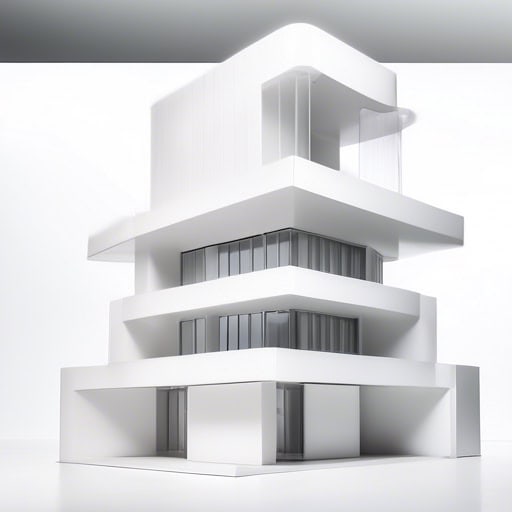
- Pluralism in Postmodern Architecture allows for the blending of various architectural traditions to create a unique and dynamic aesthetic.
- The use of pluralism in design can result in buildings that are both visually striking and culturally rich.
- By embracing pluralism, architects can challenge traditional norms and create spaces that reflect the diversity of our society.
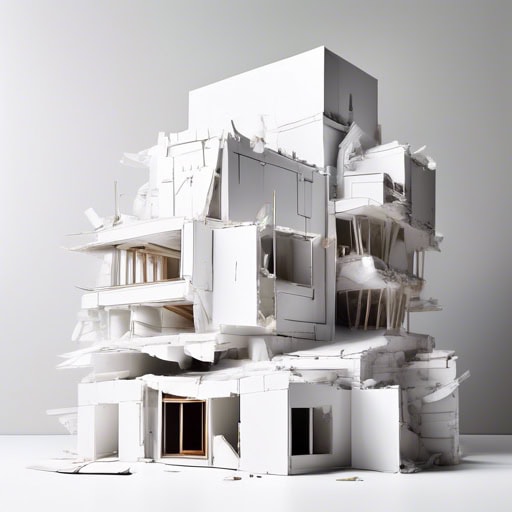
- The deconstruction of the building's facade created a visually striking and unique architectural design.
- Through the process of deconstruction, the architect was able to challenge the traditional notions of form and function.
- The deconstruction of the interior space resulted in a dynamic and fluid environment that defied expectations.
Quick Facts
- Architectural styles are influenced by geography, culture, history, and technology.
- Some typical architectural elements include columns, arches, domes, and facades.
- Art Deco architecture became popular in the 1920s and 1930s, known for its sleek lines and geometric shapes.
- Gothic architecture, characterized by pointed arches and flying buttresses, emerged in Europe during the Middle Ages.
- Modern architecture, which emphasizes simplicity and functionality, rose to prominence in the 20th century.
